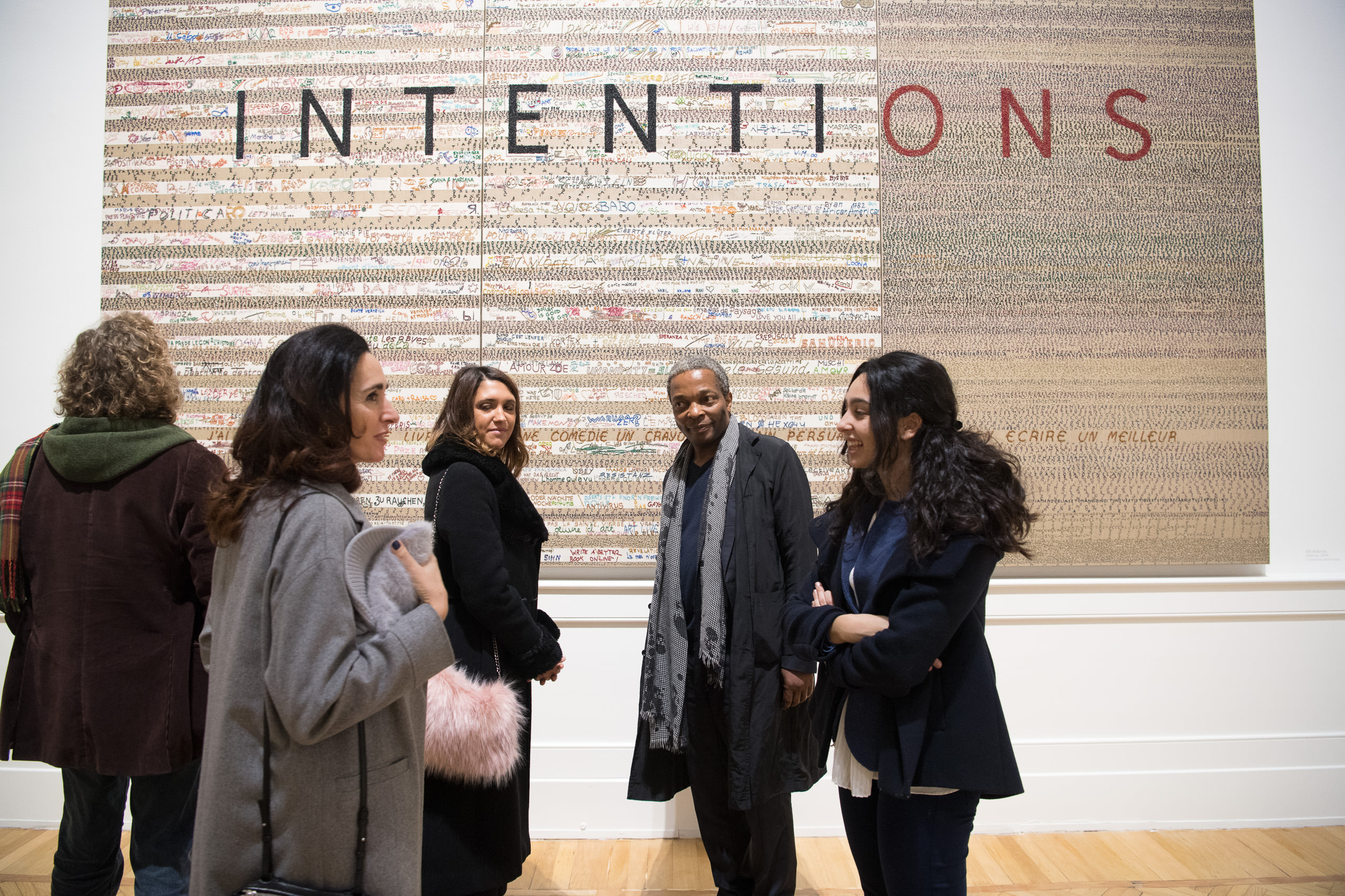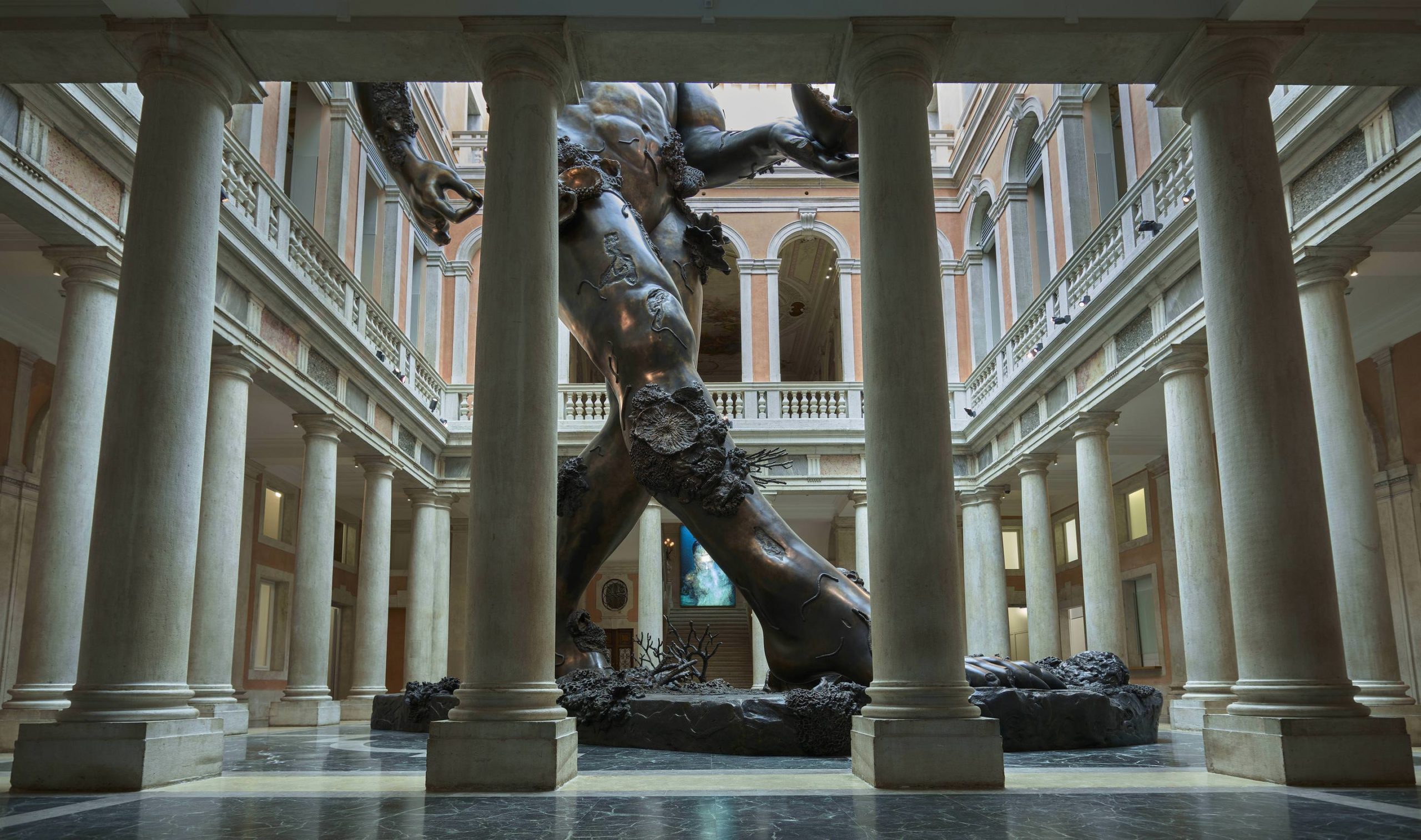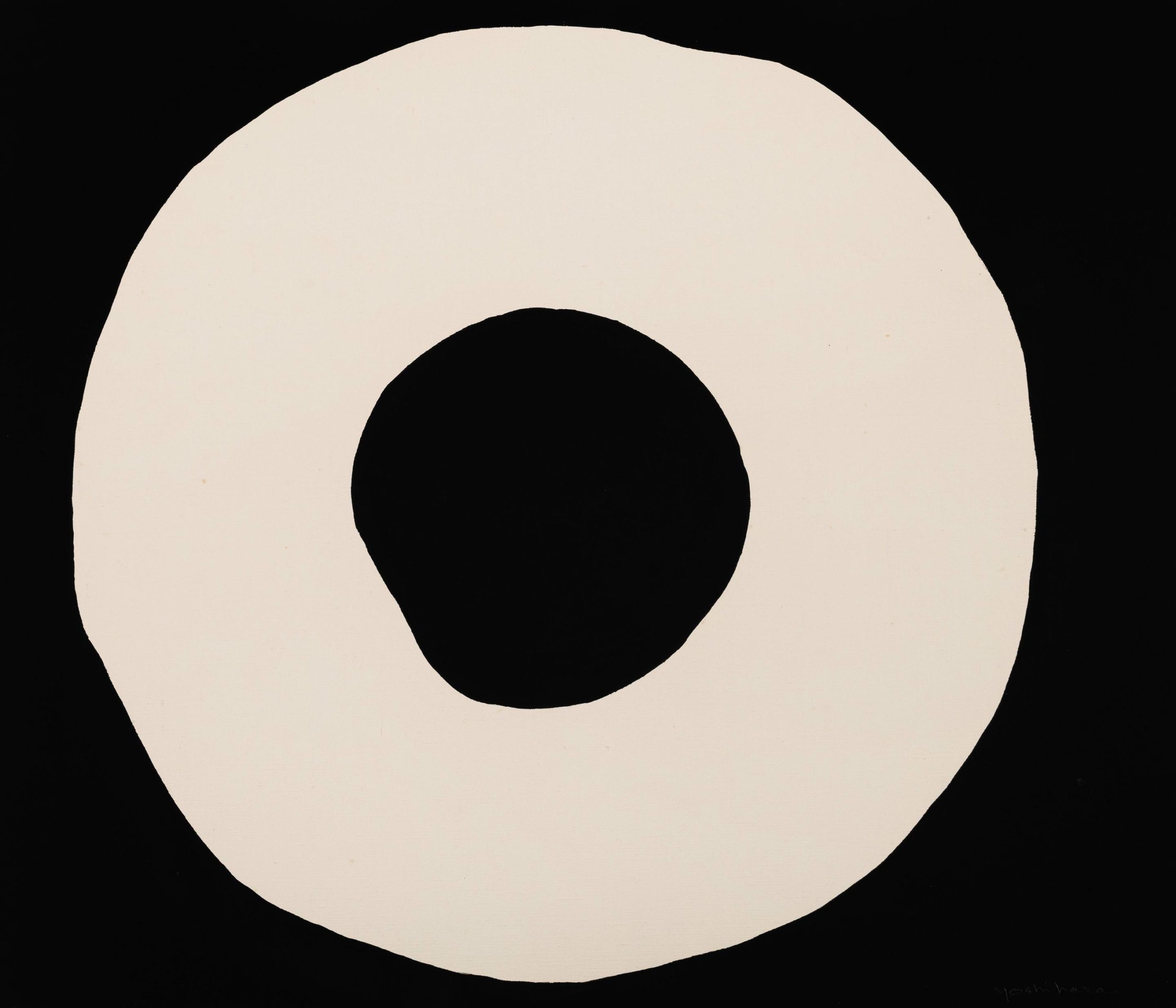Curator Simon Njami has been behind the past two editions of Dak’Art, the Biennale of Contemporary African Art. When he accepted the role in 2015, he saw the two editions as a diptych. The most recent edition, which took place last summer, was entitled “L’Heure Rouge,” and was meant to act as a wake-up call—in terms of racism, nationalism, immigration, globalization, and ecology.
This spring, Njami will publish a book of photography as well as present two exhibitions in Cameroon, participate in the Bienalsur in Buenos Aires, and continue work on a pending play and movie. Whitewall spoke with the curator about how artists can influence social change far better than politicians can.
WHITEWALL: What do you think led you to your work as a scholar and curator?
SIMON NJAMI: I have always tried to understand the world, not for what it was given, but for what it could really be. History, philosophy, literature, and psychoanalysis seemed to be the perfect tools to decipher what James Baldwin once called “the evidence of things not seen.” I am not that interested in seeing that things work. What drives me is to understand how they work, and how we can uncover what is hidden under the surface.
WW: You curated Dak’Art, the 13th Biennale of Contemporary African Art, which took place May 3–June 10, 2018. With the distance of a few months, what were your major takeaways and impressions of this most recent iteration?
SN: I had a goal when I accepted to direct the biennale in 2015: It was to transform Dakar into a platform of contemporaneity. Dak’Art for me is not much about Africa or Senegal, but should be a place where people should have the opportunity to be confronted with what is happening here and now.
Of course, the geographical location plays an important role. I have always been bored by all the postcolonial discourse. I think that we are, as humans, facing huge challenges and in order to find solutions, we need to use all our abilities to think outside of the box. Therefore, there is no better place to address contemporary issues than Africa. One of the challenges was to make the politicians understand the importance of such a moment. And I think they did.
WW: Its name, at least “L’Heure Rouge” or “The Red Hour,” conveys a great sense of urgency. What kind of tone did you want to set, and why now?
SN: One only needs to look around us. The world is sick. Never been that sick before. Racism, nationalisms, religions, migrations, globalization, ecology . . . I needed this latest edition to be a wake-up call. A call for action, not only for Africa and its specific problems, but to the entire world. It is now or never. If we don’t do the right things, we shall be buriers of our planet. And artists have a way to send strong message that can be heard around the world, because an artist’s work should have no nationality nor religion.
WW: What kind of community have you seen Dak’Art create over the years?
SN: The African Union has done nothing meaningful that I could remember. Africans still need visas to travel in their continent, and there are even places where it is easier to travel with a European passport. They have done nothing concerning democracy, and we still have very old people pretending to rule the youngest (in term of its inhabitants) continent in the world, to name few examples.
In term of culture, the African Union does not exist. Only moments like the Dakar Biennale can really bring people together, from all over Africa. They can exchange on their experiences, and leave the country with the strong feeling that they belong to something larger than what is defined by borders. People have become friends in Dakar, have started collaborations and relationships, projects. This is something politics cannot do.
WW: You’ve said before that an artist always knows where he wants to go, but a politician may not. What can politicians learn from artists?
SN: They could learn to adapt to reality. Plans are certainly interesting and useful, but plans should be changed when they don’t work. Any artist knows that. A piece is not finished when you start conceiving it. On the contrary. It happens very often that the initial idea differs radically from the end result. Politicians could get rid of the stubborn way they handle public affairs. A mistake, in art, is part of the process. The secret is to recognize it in order to move forward.










